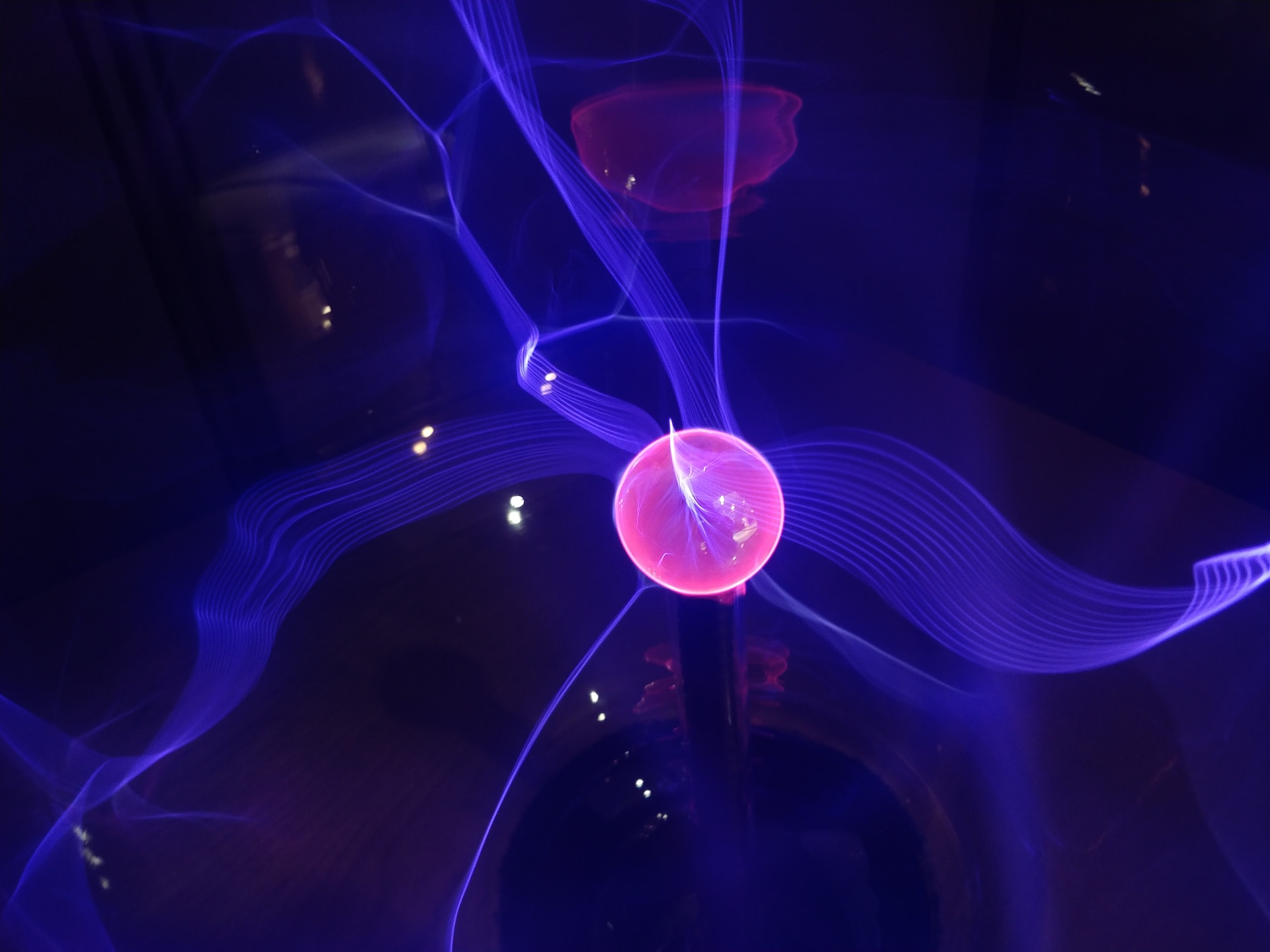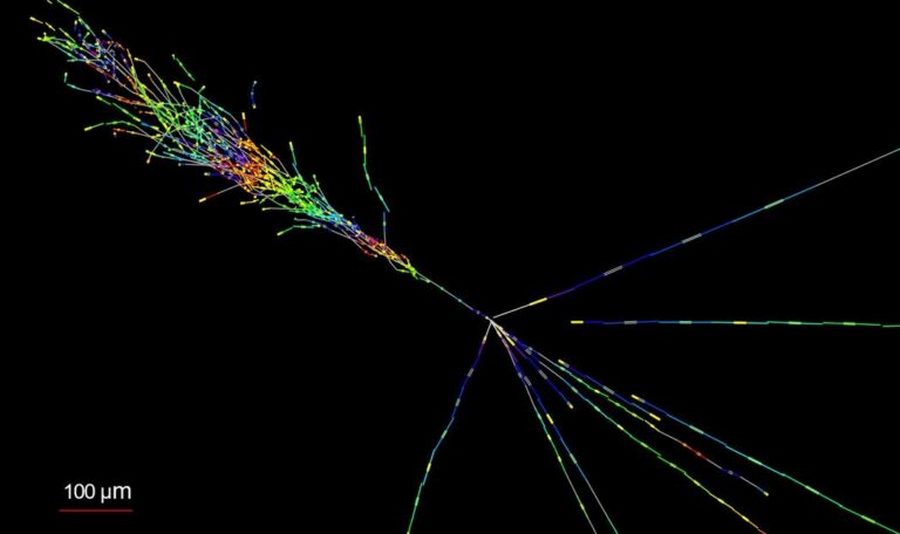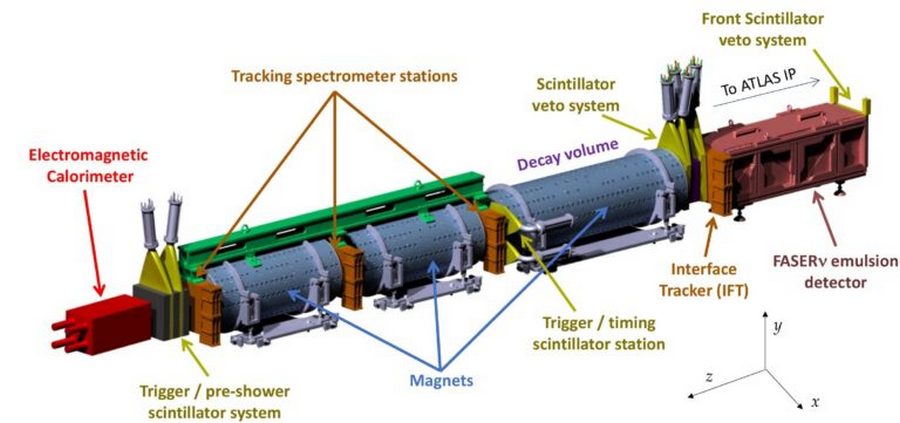The scientific world was pleasantly impressed by the team of researchers who presented the results of their work at the 57th Rencontres de Moriond Electroweak Interactions and Unified Theories conference in Italy in March 2023. They confirmed the first direct observation of neutrinos in the Large Hadron Collider of Elementary Particles. This discovery is of great importance for our understanding of the subatomic world.
What is a neutrino?

Neutrinos have no electric charge, and their mass is almost zero, which makes them almost unsuitable to interact with ordinary matter. Every second, about 6*1010 neutrinos pass through a piece on Earth with an area of 1 cm2. They are so different from the rest of matter that they slip through it like ghosts, for which they received the nickname “ghost particles“.
These properties make them extremely important for elementary particle physics and cosmology. Neutrinos are formed in high-energy processes, such as nuclear fusion in the interior of stars, and also play an important role in the evolution of the Universe.

Interest in neutrinos arises not only because of their mysterious properties, but also because of their role in the physics of the cosmos. Neutrinos can tell us a lot about events in deep space. Therefore, scientists are looking for observation opportunities in a wide variety of experiments, including colliders.
Discovery of neutrinos
One of such experiments is the FASERnu detector located at the Large Hadron Collider. This detector was created specifically for the detection of high-energy neutrinos. It consists of 730 emulsion films and tungsten plates with a total weight of about a ton.

As a result of many years of productive work, scientists from the FASER team managed to detect neutrinos. Six candidates were identified back in 2021. But after a long verification procedure, the researchers finally confirmed their discovery with a significance level of 16 sigma. This means that the probability of the random signals is so low that it is almost zero. For example, the significance level of 5 sigma is already sufficient to consider this a discovery in elementary particle physics.
What to expect from future discoveries?
The research team is still actively analyzing the data collected by the FASERnu detector. It is expected that many neutrinos will be detected in the future. When the Large Hadron Collider is launched after modernization, which will last until 2026, we can hope for even more unexpected discoveries in the field of elementary particle physics.
Back in 2021, physicist David Casper from the University of California, Irvine, predicted that during the next launch of the Large Hadron Collider, about 10,000 neutrino interactions would be registered. This means that scientists have barely touched on what FASERnu can offer.
According to sciencealert.com.
Follow us on Twitter to get the most interesting space news in time
https://twitter.com/ust_magazine
